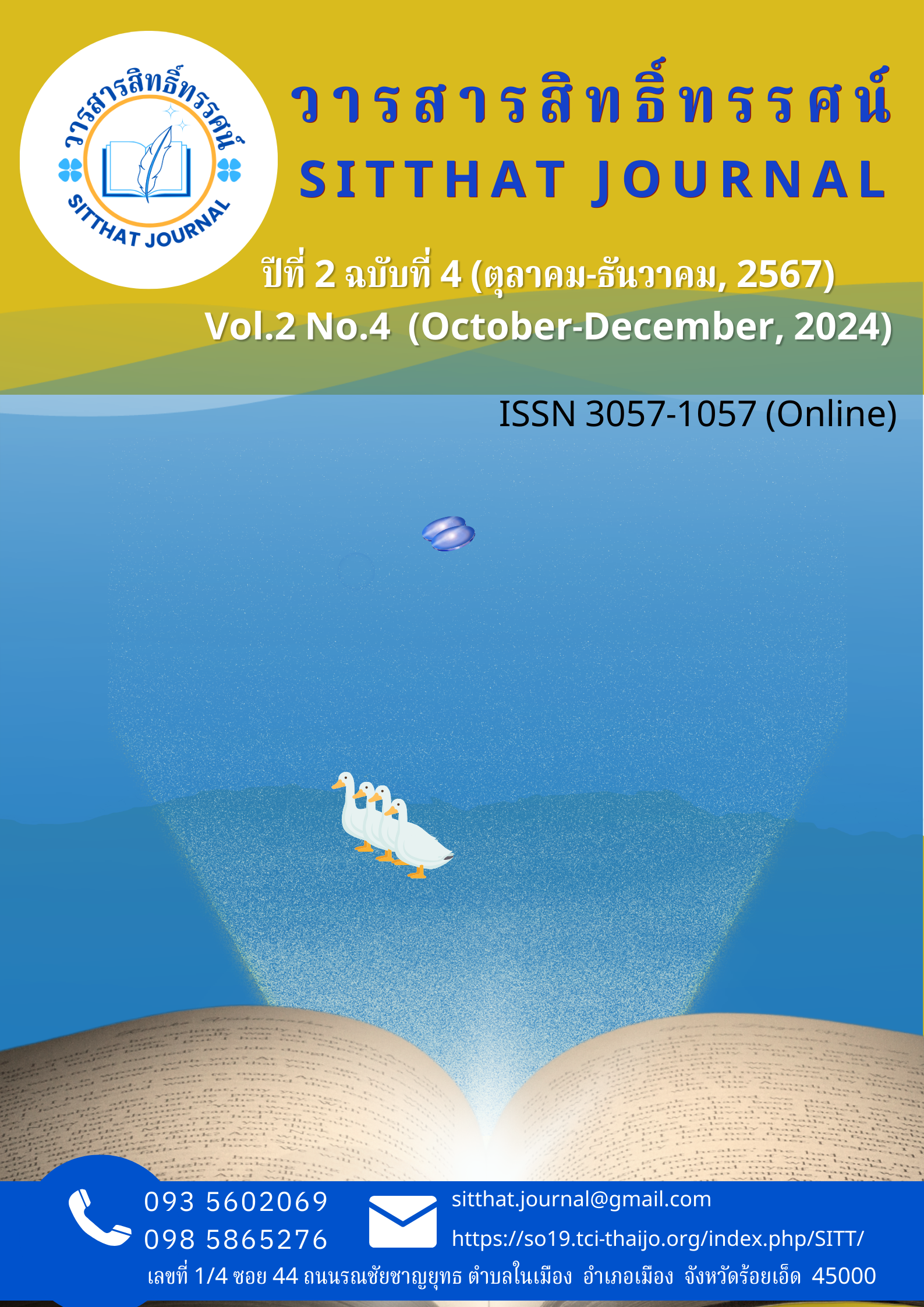POLITICS OF COFFEE
Main Article Content
Abstract
This article aims to highlight the history of coffee, its cultural connections, and the role of coffee shops, commonly known as "cafés," from the past to the present. It explores how cafés have become gathering places for exchanging ideas and disseminating political ideologies. The article also delves into the political struggles associated with coffee consumption, particularly among the lower class, and examines the coffee trade chain, which has been shaped by economic and political factors. The influence of coffee on the global economy and its connection to political movements is shown through the development of café culture. Cafés are not only places where beverages are sold, but they have also played a significant role in political discussions and intellectual exchanges. Moreover, the article outlines the current value of the coffee trade, which is closely linked to the policies of major international coffee organizations. This information serves as a guide for the future development and popularity of coffee as a crop.
Article Details

This work is licensed under a Creative Commons Attribution-NonCommercial-NoDerivatives 4.0 International License.
บทความนี้
References
คเณศ กังวานสุรไกร. (2552). กาแฟ: ประวัติและพัฒนาการการดื่ม. ศิลปวัฒนธรรม ฉบับเมษายน. นิตยสารสารคดี. (2555). 327 พฤษภาคม 2555.
สแตนเดจ, ทอม. (2549). ประวัติศาสตร์โลกใน 6 แก้ว. แปลจาก A History of the World in 6 Glasses.Dalby, A. (2000). Dangerous tastes – The story of spices. California: University of CaliforniaPress.
Euromonitor International. (2008). “Coffee in the Middle East,” in Hot Drinks in Egypt (Online). Available: http://www.euromonitor.com/Hot_Drinks_in_Egypt (Access Date: 18 February 2008).
Galloway, J. H. (2000). Trading in tastes – Sugar. In Kiple, K. F., & Ornelas, K. C. (Eds.), The Cambridge world history of food Vol. 1 (pp. 641 - 653). New York: Cambridge University Press.
International Coffee Organization. (2008). Coffee, in Botanical Aspects (Online). Available: http://www.ico.org/botanical.asp (Access Date: 25 January 2008).
International Coffee Organization. (2022). International Coffee Agreement (ICA) 2022. Retrieved from https://www.ico.org/documents/cy2021-22/pr-329e-ica-2022.pdf contentReference[oaicite:0]{index=0}.
International Trade Centre. (2021). The Coffee Guide (4th ed.). International Trade Centre. Retrieved from https://intracen.org/resources/publications/the-coffee-guide-fourth-edition:contentReference[oaicite:1]{index=1}.
Lewis, B. (1995). The Middle East – 2000 years of history from the rise of Christianity to the present day. London: Phoenix Press.
Magnsson, M. (2015). The sustainable business case book. NY: Flat World Knowledge. Retrieved from http://catalog.flatworldknowledge.com/bookhub/reader/3157?e=gittell_1.0-ch07_s02.
Pendergrast, M. (1999). Uncommon grounds. New York: Basic Books.
Ponte, S. (2004). Standards and sustainability in the coffee sector; A global value chainapproach. The Sustainable Commodity Initiative, Canada: International Institute for Sustainable Development.
Talbot, J. M. (2004). “Where does your coffee dollar go? The division of income and surplus along the coffee commodity chain.” Studies in Comparative International Development, 1(32), 56 - 91.
Topik, S., & Clarence-Smith, W. G. (2003). The global coffee economy in Africa, Asia, and Latin America, 1500-1989. Cambridge University Press.
Weinberg, B. A., & Bealer, B. K. (2001). The world of caffeine: The science and culture of the world’s most popular drug. Routledge.
Wild, A. (2004). Coffee: A dark history. W. W. Norton & Company.
Wikipedia. (2007). “Coffee,” in Arabic coffee (Online). Available:
http://en.wikipedia.org/wiki/Arabic_coffee (Access Date: 25 December 2007).


